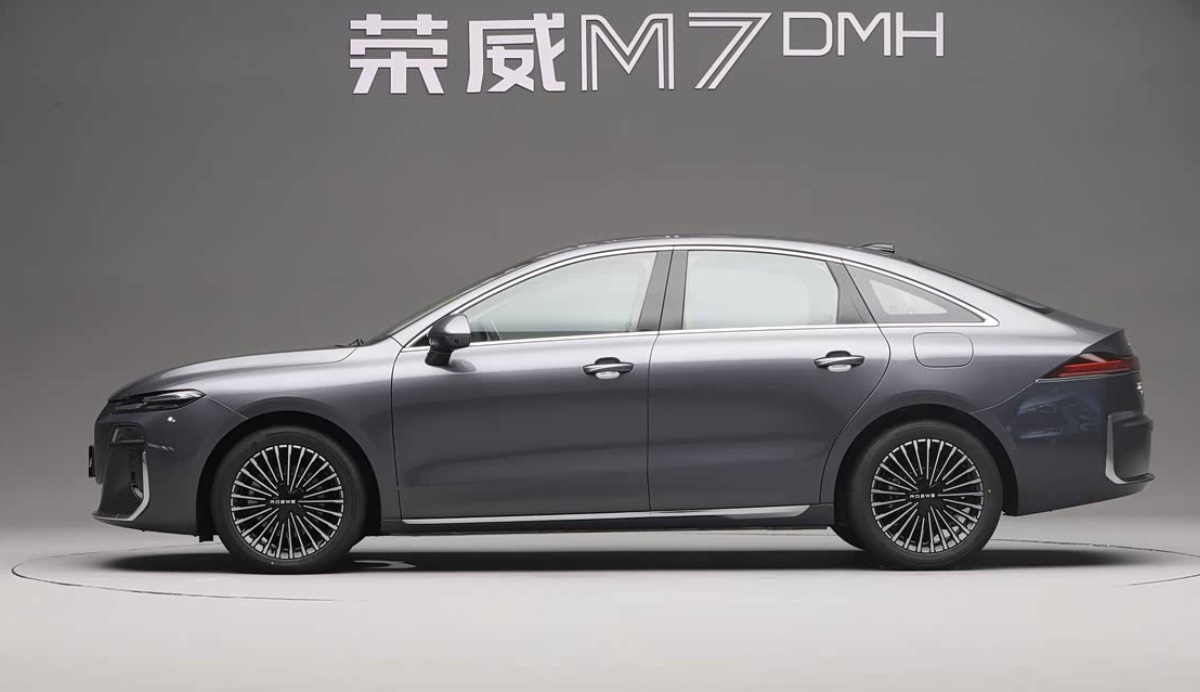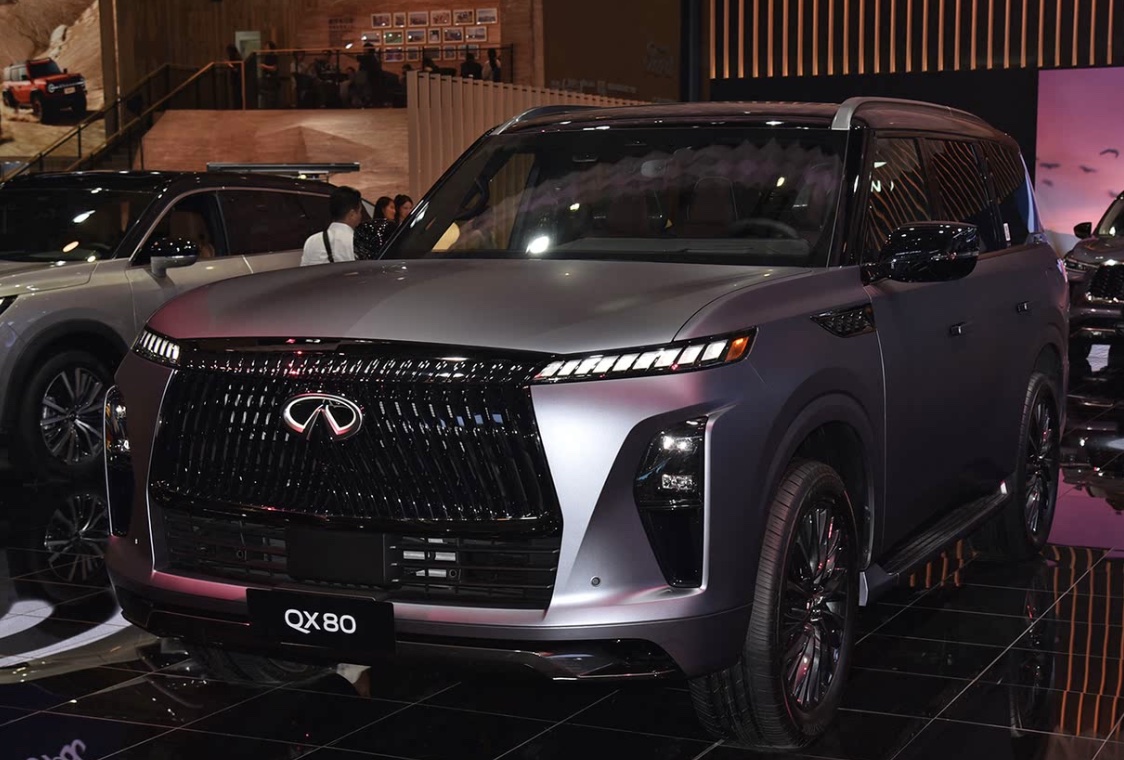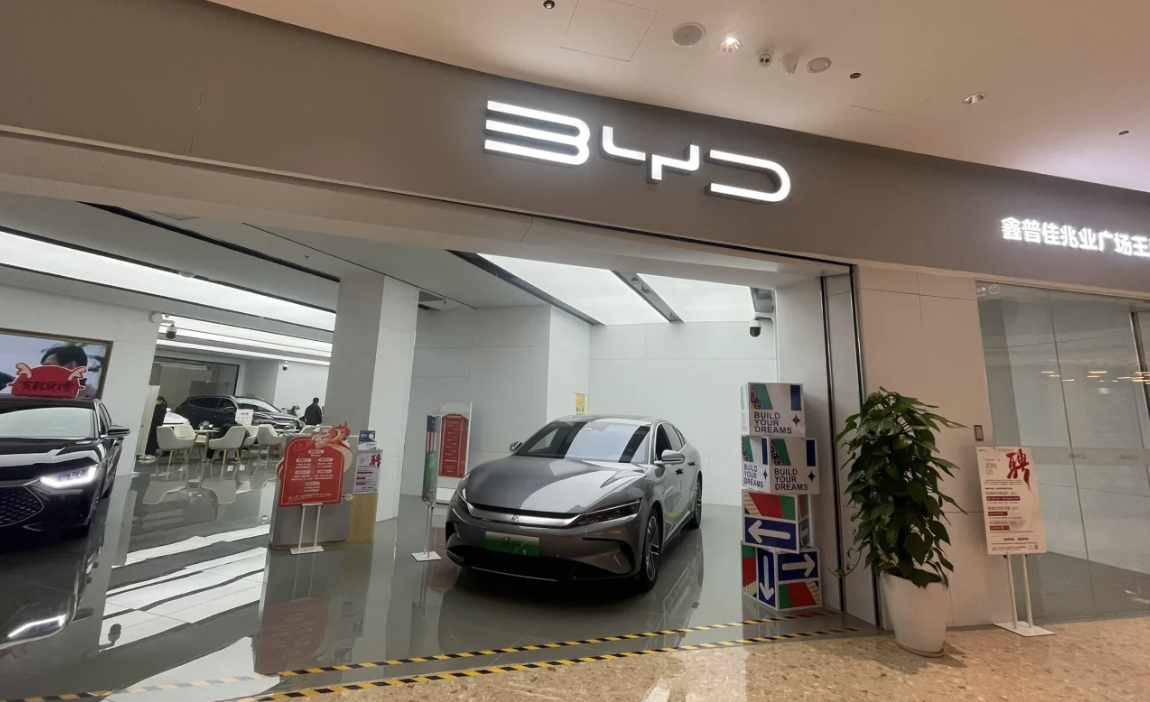SAIC’s Roewe brand has unveiled the M7 DMH, the production version of the Mingzhu Concept, positioned as a mid-to-large plug-in hybrid sedan. The new model, expected to launch in the second half of 2025, is the first mass-production project led by Josef Kaban, SAIC’s Global VP of Design and a veteran designer with experience at Rolls-Royce, Bugatti, Audi, and BMW.

The M7 DMH adopts Roewe’s latest design language, featuring a large illuminated waterfall grille, split LED headlights, and “Vector Light-Track” daytime running lights. At the rear, a fastback profile with 3D floating taillights and bold bumper design give the car a sporty yet premium appearance. Seven single-tone and three dual-tone color schemes will be available.
Measuring 4940/1890/1510 mm with a 2820 mm wheelbase, the car fits closer to the mid-size category but is officially positioned as mid-to-large. Inside, the minimalist cabin features a heated two-spoke steering wheel, 15.6-inch infotainment display, physical shortcut keys, wireless charging, and a hollowed-out center console. The Roewe SAIC OS system integrates an AI-powered voice assistant and supports Huawei, OPPO, vivo, Xiaomi, and Apple smartphones, ensuring broad connectivity.
The PHEV system combines a 1.5L engine (82 kW) with an electric motor (137 kW), offering a CLTC-rated EV range of 160 km and a total range of up to 2,050 km.
In China’s competitive PHEV sedan segment, the M7 DMH will target rivals such as the Geely Galaxy Xingyao 8, BYD Han DM, and Voyah Zhuiguang PHEV. Alongside the existing Roewe D7 DMH, the new model strengthens Roewe’s lineup and underscores SAIC’s commitment to intelligent, electrified mobility.



